May 24, 2025 | 15:06 GMT +7
May 24, 2025 | 15:06 GMT +7
Hotline: 0913.378.918
May 24, 2025 | 15:06 GMT +7
Hotline: 0913.378.918
The Ministry of Agriculture and Rural Development of Vietnam and the General Administration of Customs of China officially signed the Protocol on phytosanitary requirements for Vietnamese durian exports to the Chinese market on July 11. Mr. Hoang Trung - Director of the Department of Plant Protection shared about the important contents of the Protocol, as well as recommendations for durian production areas and packaging facilities to meet the requirements of this highly populated market.

Mr. Hoang Trung, Director of the Department of Plant Protection discussing with Vietnam Agriculture Newspaper about China's approval for official import of Vietnamese durian. Photo: Minh Phuc.
Can you share about the negotiation process that concluded in the Protocol on phytosanitary requirements for Vietnamese durian exports to the Chinese market?
After realizing that durian is an agricultural product with a lot of potential and competitive advantages in the Chinese market, the Ministry of Agriculture and Rural Development directed the Department of Plant Protection to start the negotiation process from the beginning of 2018. In January 2019, after a period of technical documents preparation, the Department officially submitted a dossier to the General Administration of Customs of China regarding phytosanitary issues of fresh durian exports to the Chinese market as well as promoting this item a priority for negotiation.
Subsequently, the two countries held multiple talks, technical discussions as well as supplemented documents as necessary. This is the basis for the General Administration of Customs of China to complete the technical stages according to regulations. China also held physical and online inspections before the two sides signed the official Protocol on the export of Vietnamese durians to China.
This is the official Protocol signed between the Minister of Agriculture and Rural Development and the General Director of the General Department of Customs, effective from July 11. The Protocol is the basis for Vietnam to complete the next procedures, as well as the preparation stages so that fresh durian shipments can be officially cleared to China.
On July 11, the Vietnamese side will transfer three copies of the Protocol in three languages (Chinese, English, and Vietnamese) to the General Department of Customs of China, along with a list of planting area codes, a list of packaging facilities for approval and update on the official website before the first shipment can be exported.
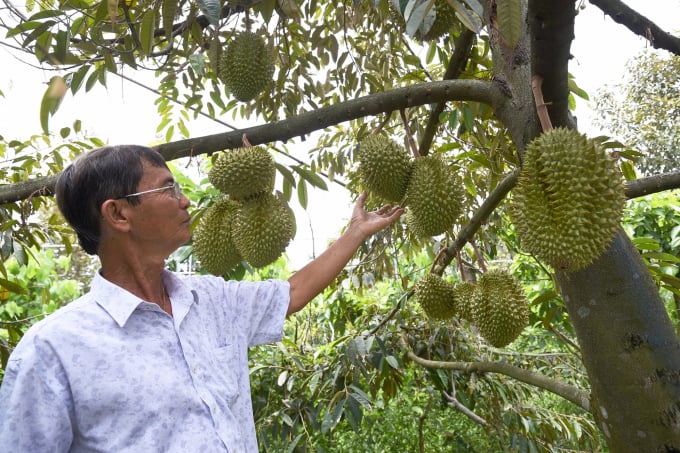
Vietnamese durian is considered to have many advantages over other competitors when it is officially exported to a highly populated market. Photo: LHV.
How many durian growing areas and businesses have been granted codes for official export to China so far, sir?
We currently have 123 growing area codes and 57 durian packaging facilities registered to participate in the official export program to the Chinese market. Additionally, the Department of Plant Protection will send a phytosanitary certificate form for export as required by the Protocol so the General Department of Customs of China can compare when Vietnamese consignments arrive at the Chinese port.
It must be emphasized that this is a great success with its challenges. Because when we want to export durian to China officially, the preparation stagemust be done very carefully. The Department of Plant Protection will finalize the preparations and organize 2 training workshops in Tien Giang and Dak Lak on the contents under this Protocol for local governments, businesses and packaging facilities, so that organizations and individuals will effectively comply with the regulations.
In your opinion, what are the advantages of Vietnamese durian when officially exported to the Chinese market compared to other competitors?
Vietnamese durian products have certain key advantages. Firstly, the total current annual production of durian in Vietnam is approximately 1.3 million tons, with the planting area ranging from 85,000 to 90,000 hectares spanning several ecological regions. Therefore, we can organize production to spread the harvest across different months throughout the year. As a result, businesses can plan accordingly to export durian to China at any time of the year.
Secondly, Vietnamese durian is of very high quality, both in taste and nutrient content. Many Vietnamese durian growers have been tested for quality and received excellent reviews.
Thirdly, in addition to the creativity of the farmers, we have also reduced input costs for fertilizers and pesticides through the guidance of the Ministry of Agriculture and Rural Development and relevant units. The most important aspect is that we have now fully complied with all of China's technical regulations including technical barriers and food safety issues.
Fourthly, the Government, ministries, branches and localities are keenly interested in this issue, thereby they have established material areas eligible for durian export to the Chinese market as well as other international markets.

Official export to China is both an opportunity and a challenge, requiring the production and export of Vietnamese farmers and businesses to strictly comply with regulations. Photo: LHV.
From the opportunities and challenges posed for durian exports to the Chinese market, what recommendations do you have for farmers, businesses and local governments?
First of all, it must be affirmed that the content under the Protocol is essentially the technical requirements that the exporting party must comply with. Therefore, we recommend local governments, businesses and owners of packaging facilities and growing areas to strictly comply with these contents.
Namely, China has provided clearly defined criteria to obtain a growing area code such as: Farmers must keep a record of planting and harvesting as well as measures to monitor and control harmful organisms that China identified (including 1 species of fly, 3 species of aphids and 2 species of fungi). We have trained and promoted for farmer and local technical staff to understand and disseminate to producers.
Secondly, regarding the use of pesticides, in addition to the Vietnamese regulations, durian producers must follow the principle of "4 correct"; farmers must also comply with the requirements of the Chinese side such as: Avoid using the prohibited additives; implement pesticide residue monitoring programs for durian trees, and so on. These are the main contents that the Department of Plant Protection plans to focuses on in the management of durian growing area. This is to ensure that Vietnamese durian products when exported to China will not exceed the maximum allowable residue.
Thirdly, it is necessary to maintain all conditions according to standards and regulations to be granted a planting area code. We have asked local farmers and professional agencies to regularly monitor and supervise to ensure sustainability as well as maintain all technical requirements for planting area codes. In other words, we must maintain the quality of the planting area code as well as the packaging facility. We also have a thorough training program for technical staffs located at the packaging facility. When all the stages are standardized, new durian products will be shipped.
"We hope that the local government will pay more attention and spend funds to support specialized agencies in the monitoring and expansion of areas with planting area codes as well as facilities qualified to package durian exports to China and other markets, ensuring sustainability and high efficiency".
Mr. Hoang Trung
Translated by Nguyen Hai Long
/2025/05/22/5250-1-184853_288.jpg)
(VAN) According to a representative from the Central Retail Vietnam, Vietnamese products such as seafood, sweet potatoes, dragon fruit, coffee, and spices hold great potential in the Thai market.
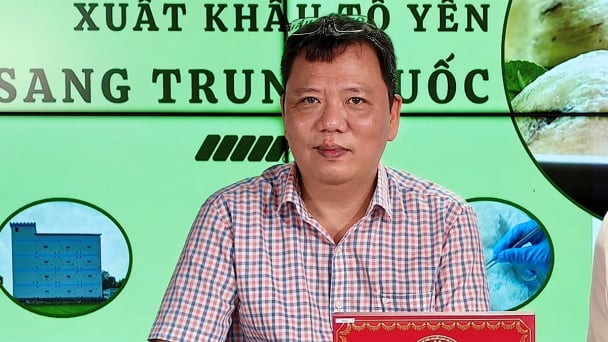
(VAN) A multi-channel, multi-directional strategy only works when the agricultural value chain meets global transparency and SPS standards.
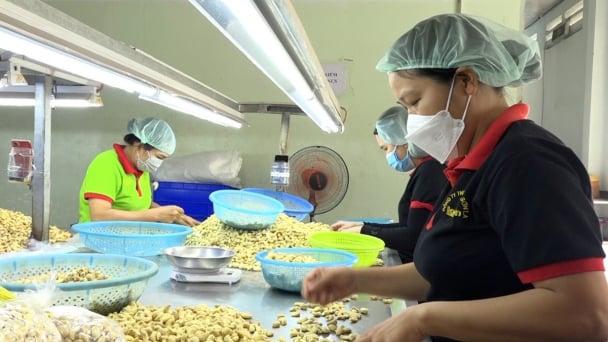
(VAN) Market expansion is a matter of survival for Vietnamese businesses amid fierce competition and global supply chain fluctuations.
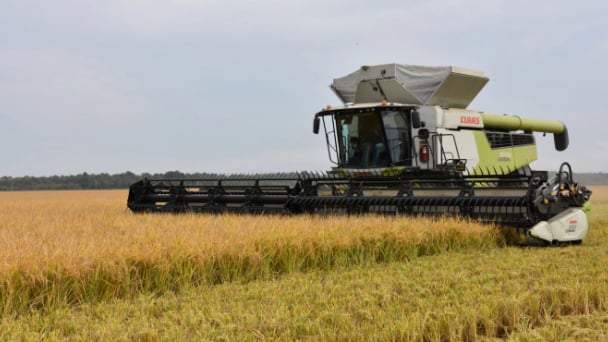
(VAN) Global market prospects for U.S. long-grain rice for the upcoming marketing year.
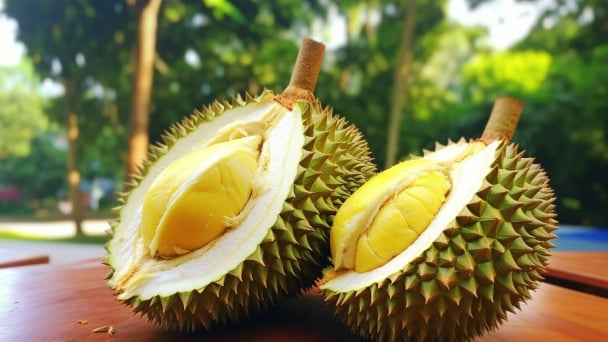
(VAN) China’s General Administration of Customs started permitting fresh durian shipments from Cambodia after a phytosanitary protocol was signed with the Cambodian Ministry of Agriculture in late April.
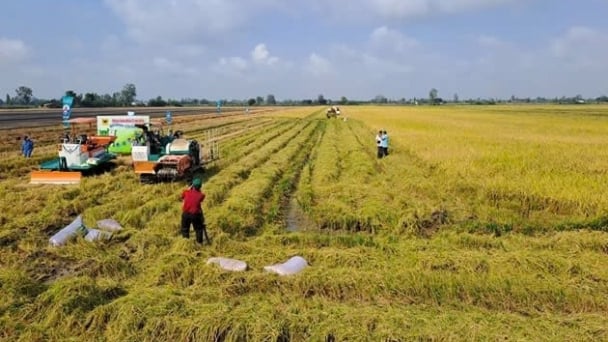
(VAN) To operate carbon market, one of the key issues is determining which types of 'commodities' meet the standards to be traded on the market.
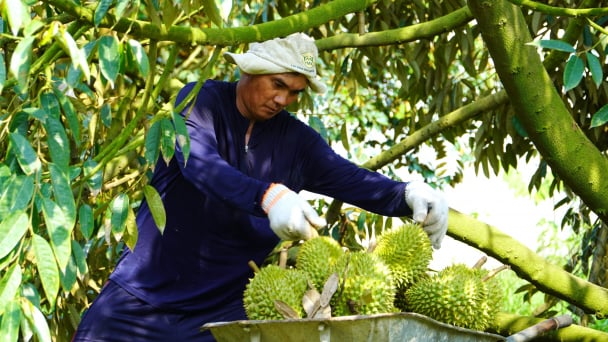
(VAN) Durian-producing localities need to coordinate more effectively with central authorities to improve the traceability, monitoring, and response systems in case of violations.